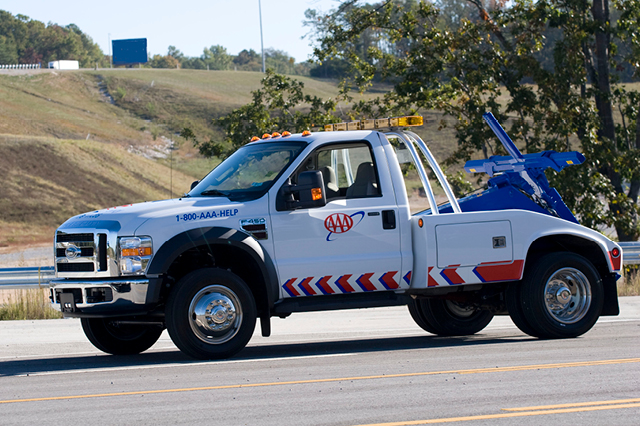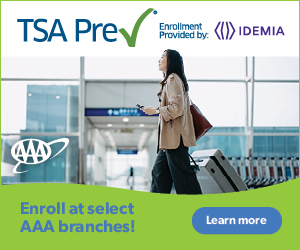There’s probably a lot of other places you’d rather be than on the side of the road with a broken-down car. It always tends to happen at an inconvenient time – like when you’re going to work or picking up your kids – and is usually followed by a trip to the mechanic.
But the occasional breakdown is something that most drivers are likely to encounter sooner or later. Blown tires and popped brake lines are just a few of the issues that could have you unexpectedly calling a tow truck – and your insurance agent. The best thing you can do is prepare.
Insurance and Towing
Standard auto policies usually only cover damage that happens as a result of an accident and will not cover breakdowns that occur because of normal wear and tear. However, some providers do offer roadside assistance with coverage. And of course, AAA members also receive a number of towing benefits included with their membership.
Read more about how you can find a tow truck, anytime, anywhere.
If a car breakdown results in a collision and you have collision coverage, you can file a claim for damage to the car, but will have to pay the deductible first. If a car breakdown causes the driver to lose control and hit something like a streetlight or mailbox, that property damage would likely be covered by liability coverage.
Roadside Safety Tips From AAA
Assess the Problem
Be prepared to respond to warning signs like steering problems, unusual noises or smoke coming from under the hood. If you get a flat tire or run out of gas, don’t panic. Signal, gradually slow down and carefully pull onto the shoulder of the road. Avoid sudden maneuvers.
Know Your Location
Note your surroundings and general location, like where you are in relation to a major exit or cross street. Look for well-lit areas to pull over.
Pull off the Road
Try to exit onto the far-right shoulder, as far off the road as possible while remaining on level ground. If you are driving on an interstate or multiple-lane highway with medians, you may consider the left shoulder, pulling as far away from traffic as possible.
If you can pull away from traffic, it is safest to remain in your vehicle until a law enforcement officer or road service provider arrives. But if you must exit the car, never stand behind or directly in front of it. That might help you avoid injuries if it’s struck by another vehicle.
Don’t risk personal injury by trying to push your vehicle to safety. If you can’t move your car away from traffic, put on your emergency flashers, cautiously exit the car and move away from the road to a safer location.
Alert Others
Make your vehicle visible, remembering that other vehicles may be traveling at high rates of speed. Turn on the emergency flashers, especially at night or during inclement weather. Raise your vehicle’s hood. If you have a brightly colored handkerchief or scarf, tie it to the antenna or door handle or stick it in a window. Place warning triangles behind your car to direct oncoming traffic away from the vehicle. You can also use flares, unless you notice a fuel leak.
Communicate Your Situation
Once you’re in a safe location, notify others. After a breakdown, you might have to leave your car somewhere overnight.
It’s always a good idea to take valuables with you, but if you can’t, your items may be protected. Homeowners and renters insurance typically covers personal items stolen from your vehicle.
For help when you need it, learn more about AAA Insurance and AAA Roadside Assistance.
One Thought on “Insurance Towing Tips”
Leave A Comment
Comments are subject to moderation and may or may not be published at the editor’s discretion. Only comments that are relevant to the article and add value to the Your AAA community will be considered. Comments may be edited for clarity and length.















Many all wheel drive cars must be towed on a flat bed. Check your owners manual.